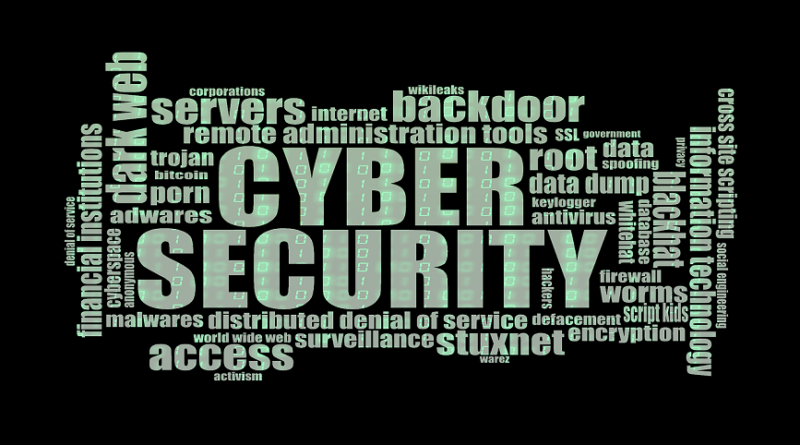Cybersecurity: Protecting Your Digital Assets
Cybersecurity is the practice of protecting electronic devices, networks, and sensitive information from unauthorized access, theft, and damage. It involves a combination of technologies, processes, and best practices to ensure the confidentiality, integrity, and availability of digital data.
Cybersecurity threats can come in various forms, such as malware, phishing attacks, ransomware, hacking attempts, and social engineering. These threats can target individuals, organizations, and even governments, with the potential to cause significant financial and reputational damage.
How to prevent from cybersecurity breaches?
To prevent cybersecurity breaches, individuals and organizations need to take proactive measures to secure their digital assets. This includes using strong passwords, implementing two-factor authentication, keeping software up-to-date, regularly backing up data, and staying informed about the latest threats and vulnerabilities.
Advantages
Cybersecurity Protects against cyber attacks: It measures such as firewalls, antivirus software, and intrusion detection systems can help protect against unauthorized access and cyber attacks.
Safeguards sensitive data: It helps ensure that sensitive data, such as personal and financial information, remains secure and private.
Reduces the risk of financial loss: Cyber attacks can be costly, and cybersecurity measures can help minimize the financial impact of a cyber-attack.
Maintains business continuity: It measures can help ensure that critical systems remain operational, minimizing downtime and maintaining business continuity.
Builds customer trust: A strong cybersecurity posture can help build trust with customers, who are increasingly concerned about the security of their personal information.
Disadvantages
Cost: Implementing effective cybersecurity measures can be expensive, and smaller organizations may struggle to justify the cost.
False sense of security: Even with the best cybersecurity measures in place, there is always a risk of cyber attacks, and organizations can become complacent if they believe they are completely protected.
Complexity: Cybersecurity can be complex, and many organizations lack the expertise and resources to manage it effectively.
Privacy concerns: Some cybersecurity measures, such as monitoring employee activity, can raise privacy concerns among employees.
Human error: Cybersecurity is not just a technological issue; it is also a human issue. Human error, such as clicking on a phishing link, can undermine even the best cybersecurity measures
Real- Life scenario
In 2017, a global ransomware attack called WannaCry affected over 200,000 computers across 150 countries. The attack exploited a vulnerability in Microsoft Windows and spread rapidly through networks, encrypting data and demanding a ransom in exchange for the decryption key.
The attack had a significant impact on organizations worldwide, including hospitals, government agencies, and businesses. In the UK, the National Health Service (NHS) was particularly hard hit, with 34% of hospitals affected by the attack.
The attack highlighted the importance of proactive cybersecurity measures, such as keeping software up-to-date, implementing security patches, and backing up data regularly. It also demonstrated the need for effective incident response plans and employee training to ensure a rapid and effective response to security breaches.
As a result of the attack, Microsoft released a patch to fix the vulnerability exploited by WannaCry, and governments and organizations around the world stepped up their efforts to prevent similar attacks from occurring in the future.
Future Scope
Internet of Things (IoT) security: The IoT refers to the growing number of internet-connected devices, such as smart homes, wearable technology, and industrial equipment. As the number of IoT devices continues to grow, so does the potential for cyber attacks. Securing these devices will be a critical challenge for the future of cybersecurity.
Cloud security: Cloud computing is becoming increasingly popular for storing and accessing data and applications. Ensuring the security of cloud environments will be a critical component of cybersecurity in the future.
Artificial intelligence (AI) and machine learning (ML): AI and ML technologies have the potential to transform cybersecurity by automating threat detection and response. However, they also present new risks, such as the potential for AI-powered attacks.
Quantum computing: Quantum computing has the potential to break many of the encryption algorithms currently used to secure data. Developing new cryptographic methods to protect against quantum computing attacks will be a critical area of research in the future.
Cybersecurity workforce: There is currently a shortage of skilled cybersecurity professionals, and this is expected to continue in the future. Addressing this skills gap will be critical to the future of cybersecurity.




